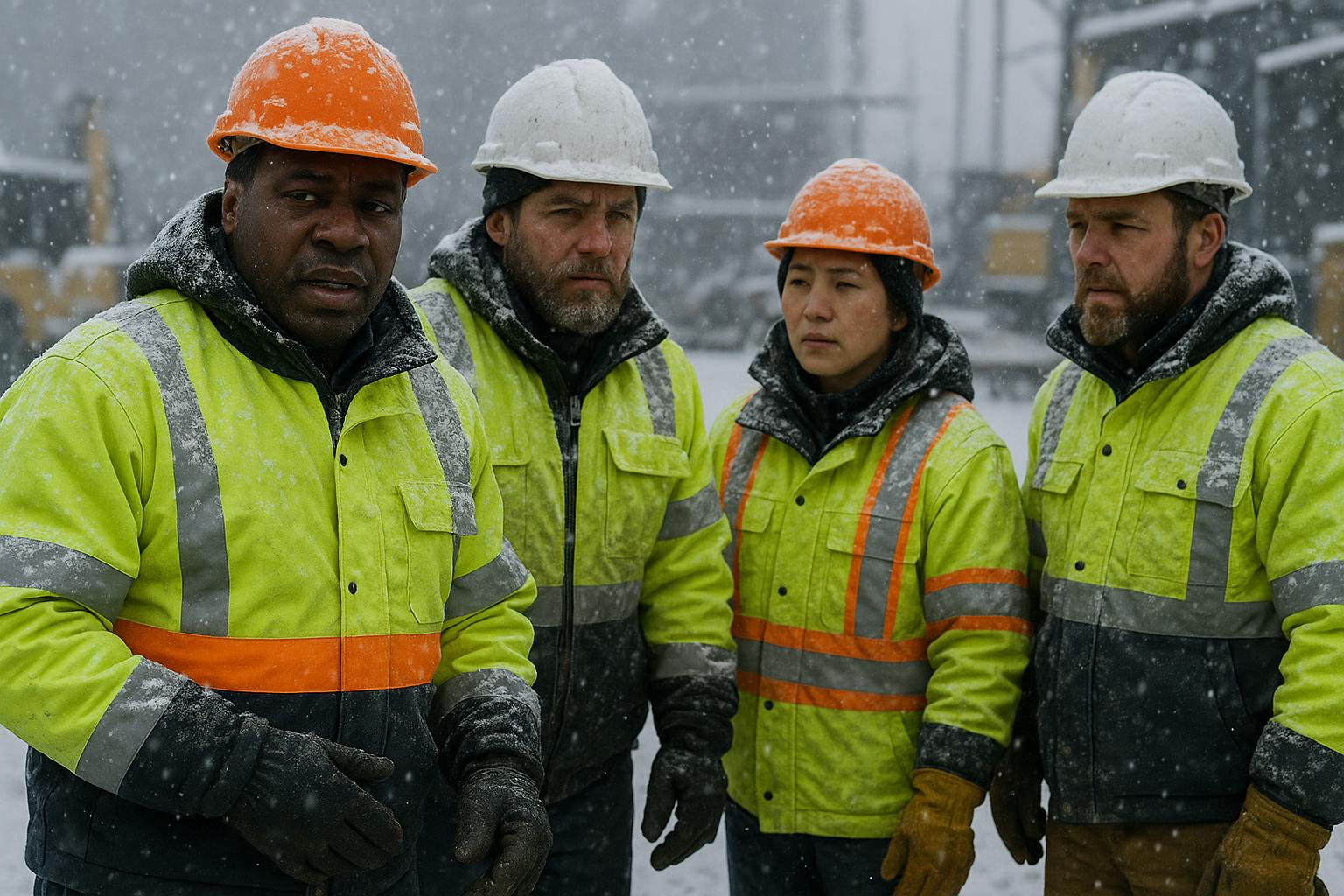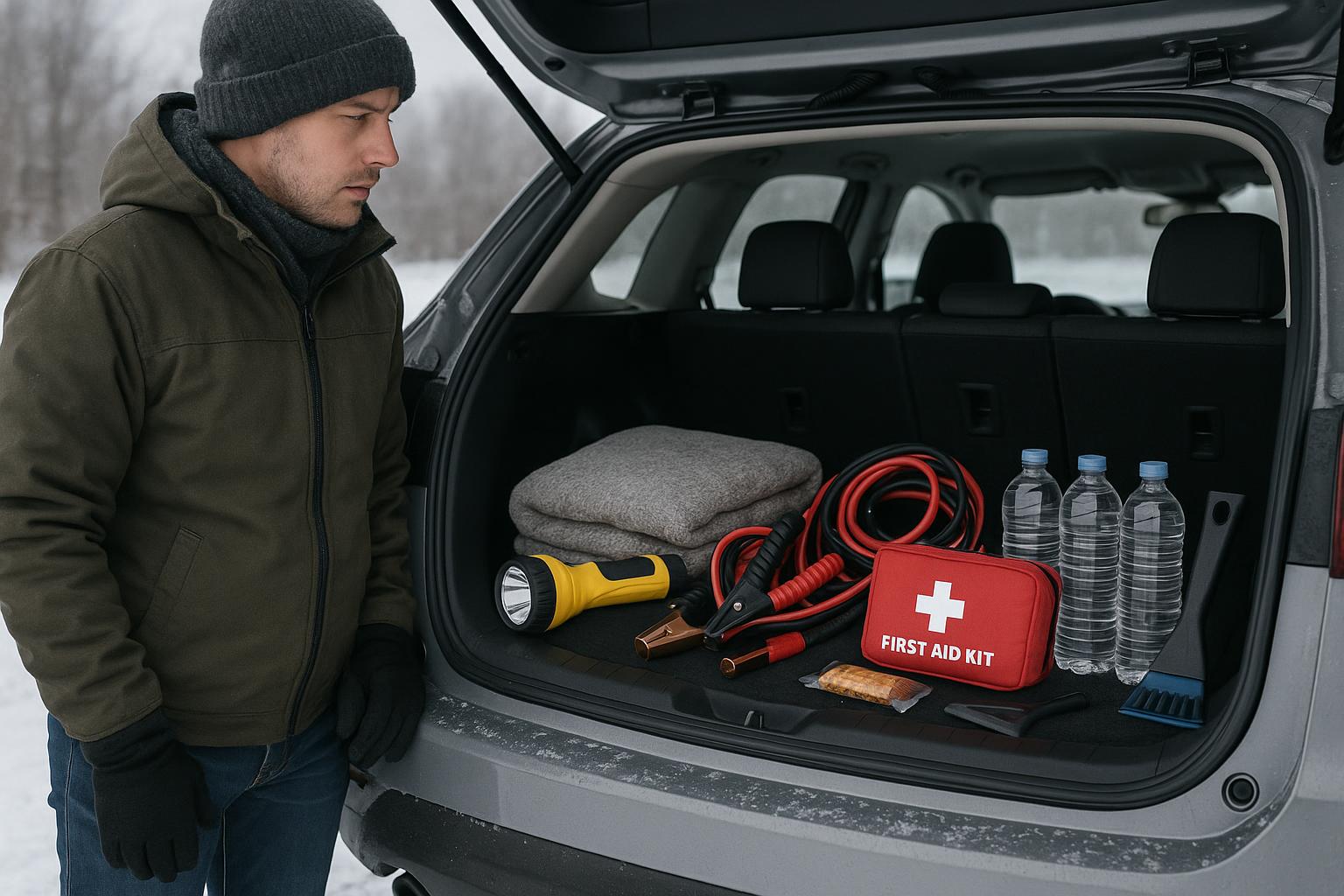While they may not be as dangerous as forklifts, pallet jacks still provide an opportunity for injury. When using a pallet jack around the workplace, it is important that you follow the proper safety precautions to avoid injuring yourself or your co-workers.
Proper Protective Equipment
It is important to remember to wear the appropriate personal protective equipment (PPE) if you will be working with pallet jacks.
- Steel-toed shoes provide invaluable protection, as heavy loads can easily roll over normal footwear.
- Gloves provide hand protection not only from the strain of maneuvering a load, but also prevent splinters when handling pallets directly.
Proper Use
- Never operate a pallet jack unless trained and authorized to do so.
- Check to make sure the jack is working properly before attempting to move a load.
- If there are any problems with the jack, remove it from service and notify your supervisor immediately.
- Check loads before attempting to move them. Make sure they are not too tall or improperly balanced.
- Never exceed a jack’s weight capacity.
- Never use just one fork to move a load.
- Center forks in the middle of the load to maintain balance.
- Use both hands to raise a manual pallet jack to avoid muscle strain.
- Raise the pallet off the floor only enough to allow for easy movement.
- Check your intended path for bumps or debris that could disrupt your movement.
- Ask for help if a pallet is extra heavy or if you need to move the pallet up or down an incline.
- If the load obstructs your view, get a spotter to help you maneuver the jack safely.
- Making wide turns will help you avoid catching the load on corners.
- Never move a load so fast that you are unable to stop reasonably quickly.
- Only push pallet jacks when you are going down an incline. In all other situations, pulling gives you better control.
- Never make sharp turns on inclines.
- Never place your feet or hands under a raised pallet.
- Whenever a load is left unattended on a jack, always lower it to the ground.
- Only use jacks for their intended use. Riding on the jack and other kinds of horseplay can lead to accidents.



